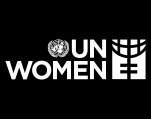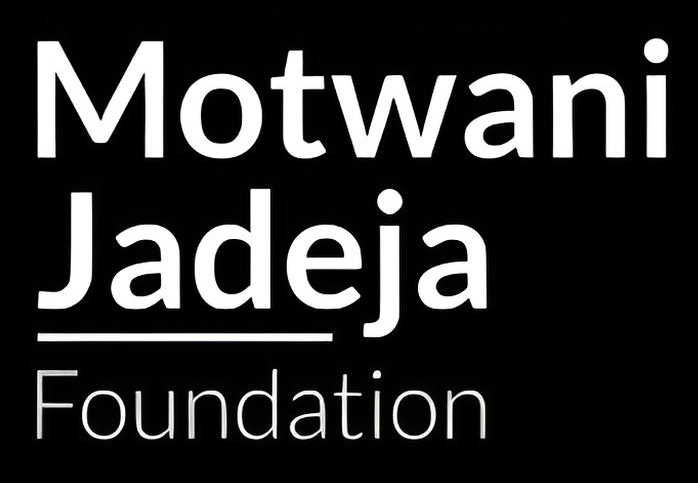That’s according to the 2015 Condition of Women report, put out by the United Way of East Central Iowa. The report touched on a variety of factors, including access to care, behaviors and environment.
“It’s hard for women struggling to make ends meet to be well,” said Leslie Wright, vice president of community building at the United Way of East Central Iowa. “Health and well-being is driven by socioeconomic factors.”
Almost all the issues the report highlighted can be tied to lower socioeconomic status, from fewer health screenings to greater rates of depression. Many barriers can prevent poorer women from accessin health care and services such as lack of transportation, trouble taking time off work or no health insurance, experts said.
Every few years the United Way releases a Condition of the Community report, which looks at the area as a whole. But Wright said this is the first time it pulled data solely on the health of Iowa women.
It was presented in May to the Women’s Leadership Initiative, a group that has raised more than $1 million to fund efforts helping women in Linn County. Wright said the report helped refocus the group’s efforts and already has resulted in funding two new positions at local not-for-profits — a social worker position at Eastern Iowa Health Center and care coordinator at the Area Substance Abuse Council.
“We just want to support women in being healthy,” Wright said.
Low-income women are less likely to get regular breast cancer screenings — which are recommended annually for women over 40 — research has shown. The United Way’s report further illustrates that.
From 2010—12, 63.5 percent of women in Iowa with less than a high school degree received mammograms. In addition, 60.3 percent of women who earned less than $15,000 received mammograms.
This is compared with 81.4 percent of women who are college graduates and 81.4 percent of women who make more than $50,000 a year.
Linn County Public Health offers assistance year-round to low-income women, providing comprehensive cancer screenings — a clinical breast exam, Pap test and mammogram.
Women’s mental health tells a similar story, the report found — as income decreases, poor mental health increases.
In fact, the report found low-income mothers are twice as likely to experience some form of depression in their lifetime than their middle and upper-class counterparts, the report said. This is likely due to higher levels of stress — financial and otherwise — experts said.
In 2013, doctors diagnosed 24.3 percent of Iowa women with some form of depression, up 2.7 percent from 2011. But only about half of all mothers dealing with depression receive support, the report said.
Wright added that many low-income mothers, especially those who are single parents, don’t receive the mental health assessments, provider care and peer-support needed to deal with depression and other mental illnesses.
The report also touched on how low incomes affect women and their families stability, which also can affect health.
The number of homeless women has grown in Cedar Rapids, the report found, spiking 27.2 percent from 2013 to 2014. This likely is because of the growing number of female-headed households, births to unmarried women, families living in poverty and domestic violence cases, which increased 8.1 percent between 2009 and 2010.
Representatives at Waypoint Services for Women, Children and Families, which provides help to women who are homeless, living in poverty or victims of domestic violence, said they have seen a definite increase in demand for services over the past few years.
There is a direct correlation between a woman leaving an abusive partner and not having anywhere to go, said Lori Holman, a housing specialist in Waypoint’s homeless and housing services department.
She pointed out that a woman working for minimum wage would have to work 70 hours a week to afford a two-bedroom apartment in Cedar Rapids.
“This is unattainable for so many families,” she said.
More than 2,500 women sought domestic violence services in fiscal year 2014, and the organization said midyear fiscal 2015 numbers indicate it will surpass the previous year, said Tara Beck, Waypoint’s program director of domestic violence victim services.
“Domestic violence cuts across all demographics, all races, all education levels, all areas of faith,” Beck said, adding that men and partners in gay or lesbian relationships also can be victims. “It’s the entire spectrum.”
The not-for-profit offers free and confidential help to women in controlling and abusive relationships, including a 24-hour support hotline — (319) 363-2093 — individual and group counseling, support in court cases and assistance at local emergency rooms.
The trauma of domestic violence not only affects the woman involved but her children as well, Beck said, resulting in the child acting out or being hypersexual.
Beck and Holman said a woman on average attempts to leave her abusive partner between seven to nine times before the change is final. This can be due to financial strains, isolation or other reasons.
“Society is quick to blame the mother,” Beck said. “People need to put their anger and frustration on those whose choose” to harm or psychologically harm these women.



































